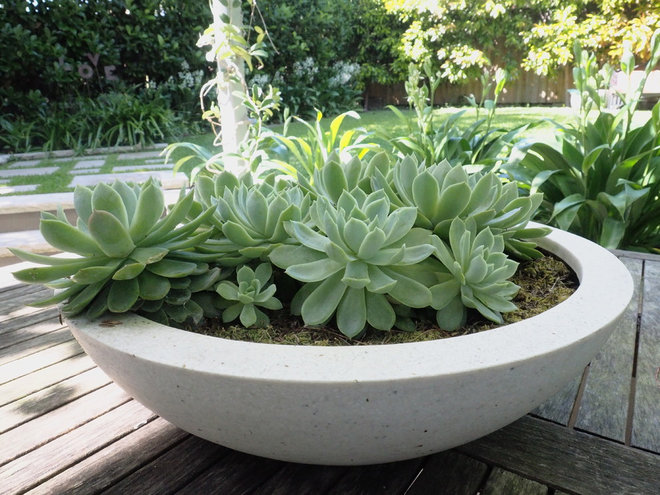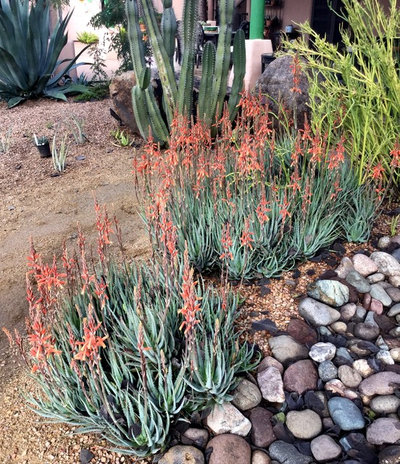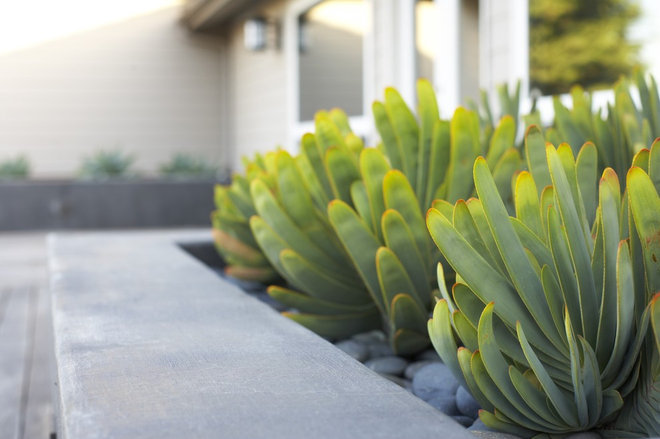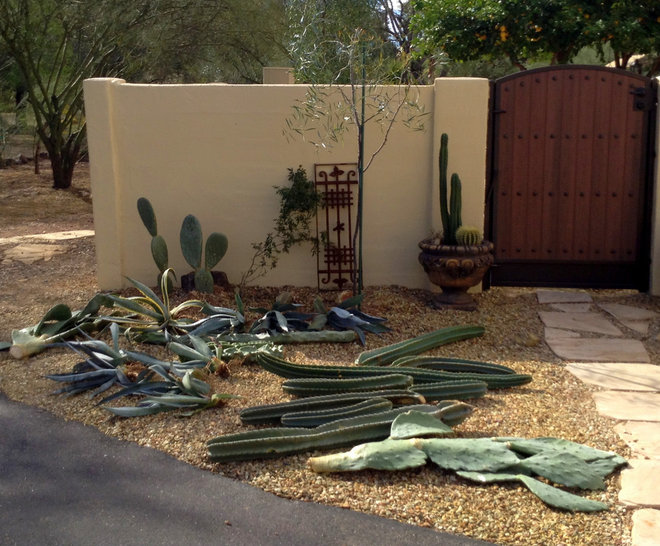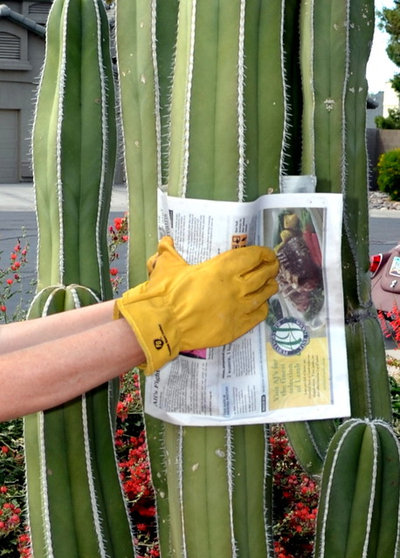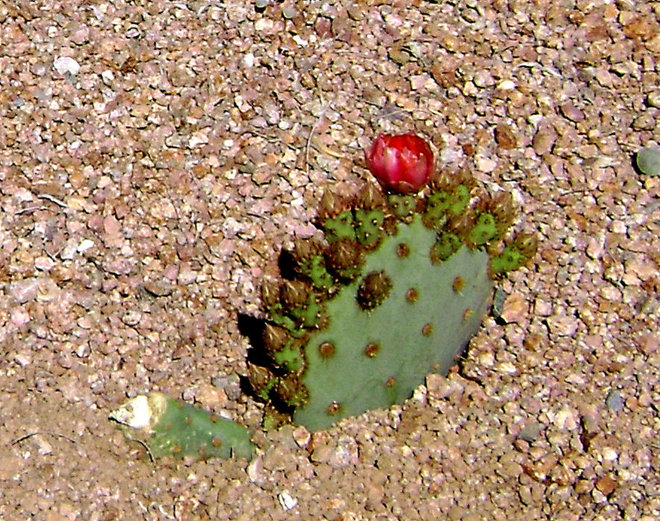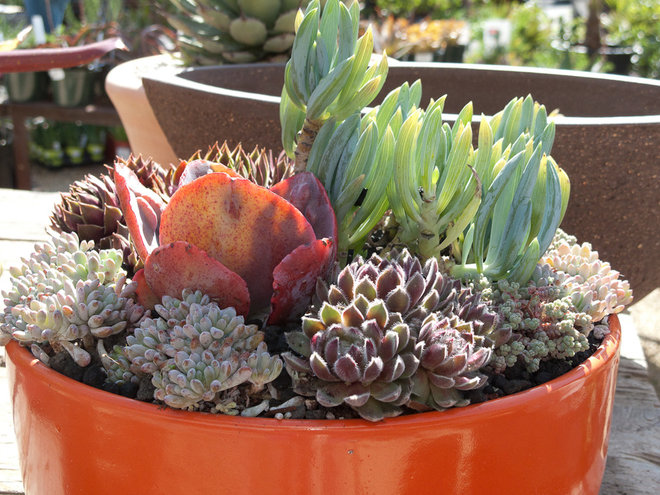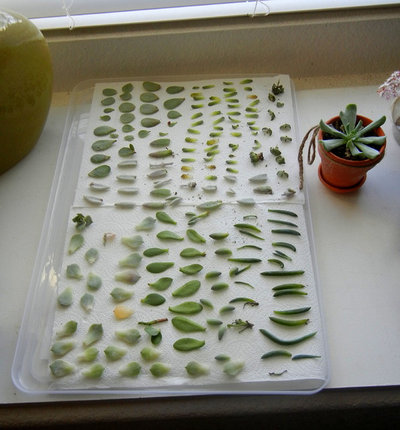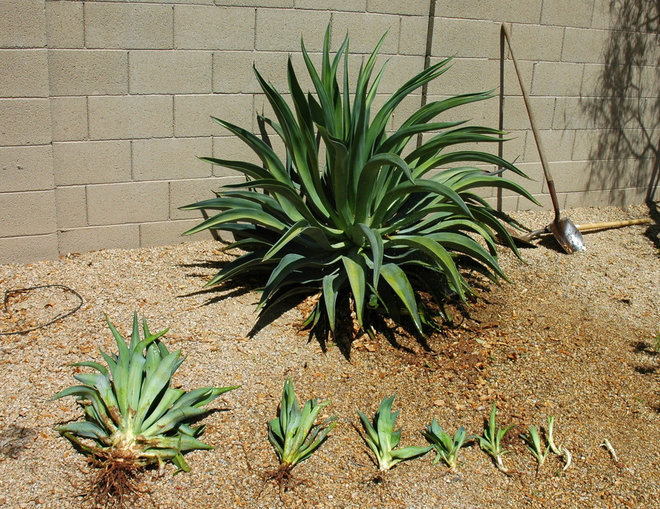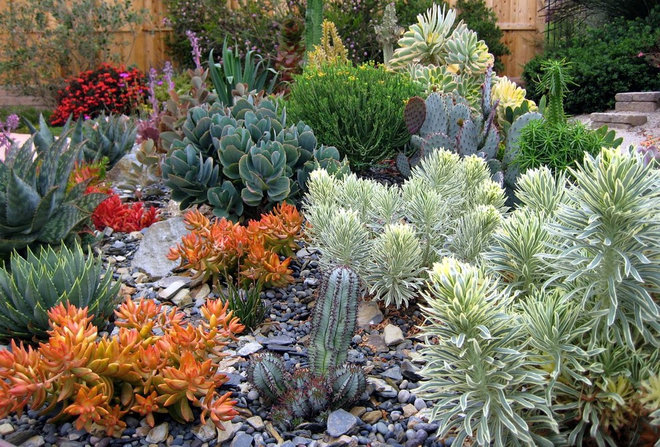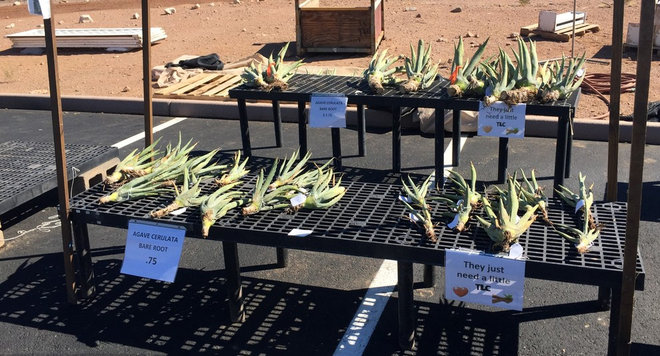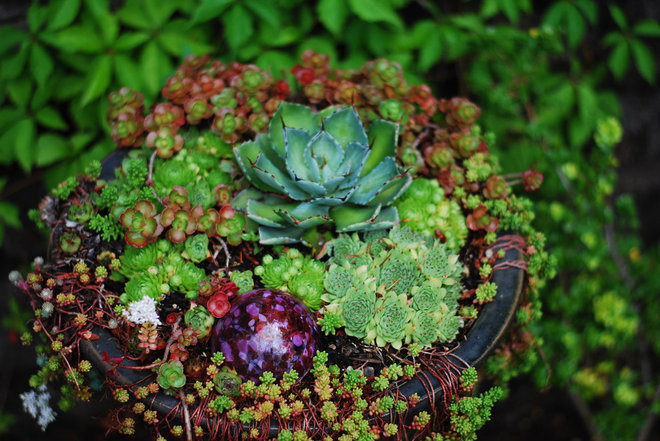How to Save Money on Succulents
1. At the nursery, look for pots that have more than one plant in them. Succulents often produce offsets, which are identical plants. You can sometimes find more than one plant in a single pot, which means that you’ll get double or triple the amount of plants for the price of one.
Some examples of succulents that do this are agave, aloe and echeveria. Use a knife or shovel to remove the offsets, or twist off the offsets from the mother plant.
2. Divide clumping types of succulents and replant in the garden. Certain kinds of succulents have a clumping growth habit and can be divided, similar to many popular perennials. Aloe and hesperaloe species are examples of succulents that form new clusters as they mature, which can be planted elsewhere in the garden.
3. Take a cutting to create a new cactus. You can start an entirely new cactus from many types of cactuses by taking a cutting — generally a stem or pad — and planting it. The process is fairly straightforward, but there are are a few steps to follow to do it right.
- Select a stem from a columnar cactus, or a two- to three-pad section of a prickly pear cactus, and hold it in place with the newspaper, carpet remnant or rubber straps.
- While one person is holding the section of cactus to be cut, the other can cut the section with the pruning saw.
- Place the newly cut section of the cactus in a dry, shady spot and let it rest for two weeks before planting. It’s important not to plant it right away, as the cut section needs to dry out, or rot may set in.
- After two weeks has passed, plant the cactus cutting in your predetermined spot, utilizing the same protective methods as when you cut it.
- Wait a few weeks before watering.
- Snip off a few leaves and lay them on a paper towel in a dry, shady spot for four to five days to allow the ends to dry out. You can also use a short section of stem.
- Fill a container with a potting mix formulated for succulents and bury the bottom half of the leaf in the soil.
- Water regularly to help promote rooting, but don’t overwater. A good guideline is to keep the soil at the same level of moistness as a wrung-out sponge.
- After six weeks, the leaves should have grown roots.

